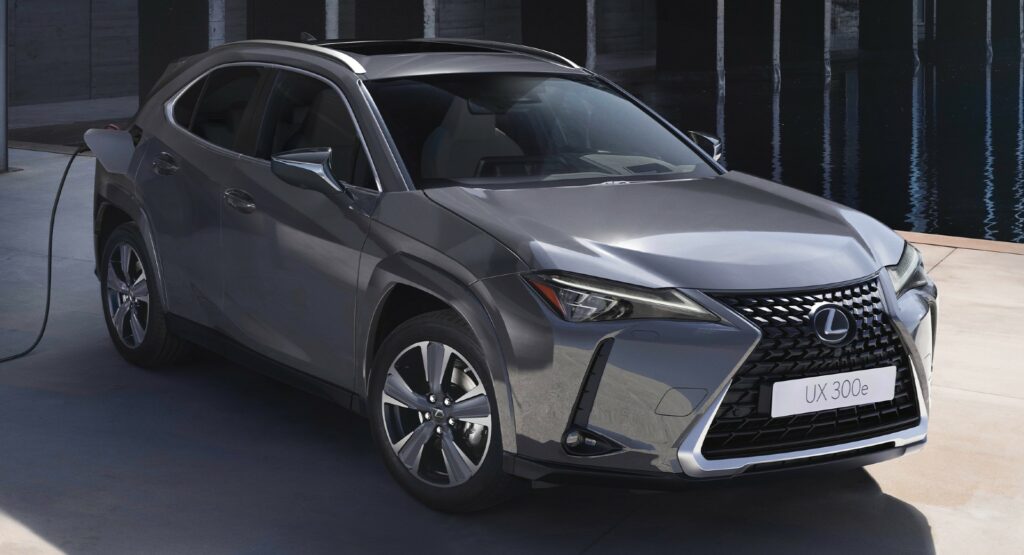The U.S. Environmental Protection Agency is reconsidering the 16-year-old Obama administration ruling on greenhouse gases that formed the nation’s regulatory landscape for transportation emissions, including those for school buses.
The proposed rule rolled out by EPA Administrator Lee Zeldin Tuesday at an auto dealership in Indianapolis, Indiana could save more than $54 billion annually in manufacturing costs passed on to consumers, EPA said. It claims emissions regulations implemented over the past 15 years created $1 trillion in costs to manufacturing, power and industrial sectors for meeting various emissions requirements.
While the 300-page document does not mention school buses by name, it focuses on repealing GHG emission standards for various categories of vehicles, including the categories of medium- and heavy-duty trucks and engines that school buses fall under. Specifically, it seeks to remove Part 85 on control of air pollution from mobile sources, Part 86—Control of Emissions from New and In-use Highway Vehicles and Engines, Part 600—Fuel Economy and Greenhouse Gas Exhaust Emissions of Motor Vehicles, Part 1036—Control of Emissions from New and In-use Heavy Duty Highway Engines, Part 1037—Control of Emissions from New Heavy Duty Motor Vehicles, and Part 1039—Control of Emissions from New and In-use Non-road Compression-Ignition Engines.
Already, EPA is reconsidering the implementation of its GHG Phase 3 Rule for heavy-duty trucks and buses that is set to start in 2027.
The proposed rule seeks to reinterpret the Clean Air Act, specifically Section 202(a), known as the Endangerment Finding, which concluded that carbon dioxide, methane, nitrous oxide, hydrofluorocarbons, perfluorocarbons, and sulfur hexafluoride contribute to air pollution and endanger public health. The proposed rule argues that the Endangerment Finding is legally flawed, scientifically uncertain and economically counterproductive. EPA claims it was historically applied to address local and regional air pollution, not global climate change concerns.
This interpretation exceeded statutory authority, writes EPA, adding that Congress did not clearly authorize the EPA to regulate GHG emissions based on global climate change concerns “because that provision authorizes regulating only air pollutants that ‘cause or contribute to air pollution which may reasonably be anticipated to endanger public health or welfare.’”
The proposed rule also notes the U.S. Supreme Court rulings in West Virginia v. EPA and Utility Air Regulatory Group v. EPA that federal agencies cannot assert transformative regulatory authority without explicit congressional approval. Instead, agencies must have more than a “colorable textual basis” to decide major questions of policy.
EPA also questions “unreasonably analyzed” scientific data used to support the original “Endangerment Finding” that declared GHG to endanger public health and welfare. The proposed rule cites projections of global warming increases, health risks from heat waves, and impacts of other health events. It also notes empirical data, peer-reviewed studies and real-world developments since 2009 that “cast significant doubt on many of the critical premises, assumptions and conclusions in the Endangerment Finding.”
The proposal also claims technological limitations in addressing global climate change concerns, as “reducing GHG emissions from all vehicles and engines in the U.S. to zero would not have a scientifically measurable impact on GHG emission concentrations or global warming potential,” according to a May 27 draft report by the U.S. Department of Energy Climate Working Group.
EPA also notes President Donald Trump’s recent “One Big Beautiful Bill Act” repealed certain GHG provisions.
As for economic concerns, EPA highlighted that GHG emissions standards have increased vehicle costs, slowed fleet turnover and reduced consumer access to newer, safer and more efficient vehicles.
Public comments on EPA-HQ-OAR-2025-0194 are due by Sept. 21.
Related: EPA Provides Update on Clean School Bus Program
Related: Cummins Details Coming B7.2 Diesel, Gasoline Engines for School Bus Market
Related: Report Highlights Shift in Federal Policy from EVs to Conventional Fuels
The post EPA Proposal Seeks to Eliminate GHG Regulations for Vehicles, Engines appeared first on School Transportation News.




























